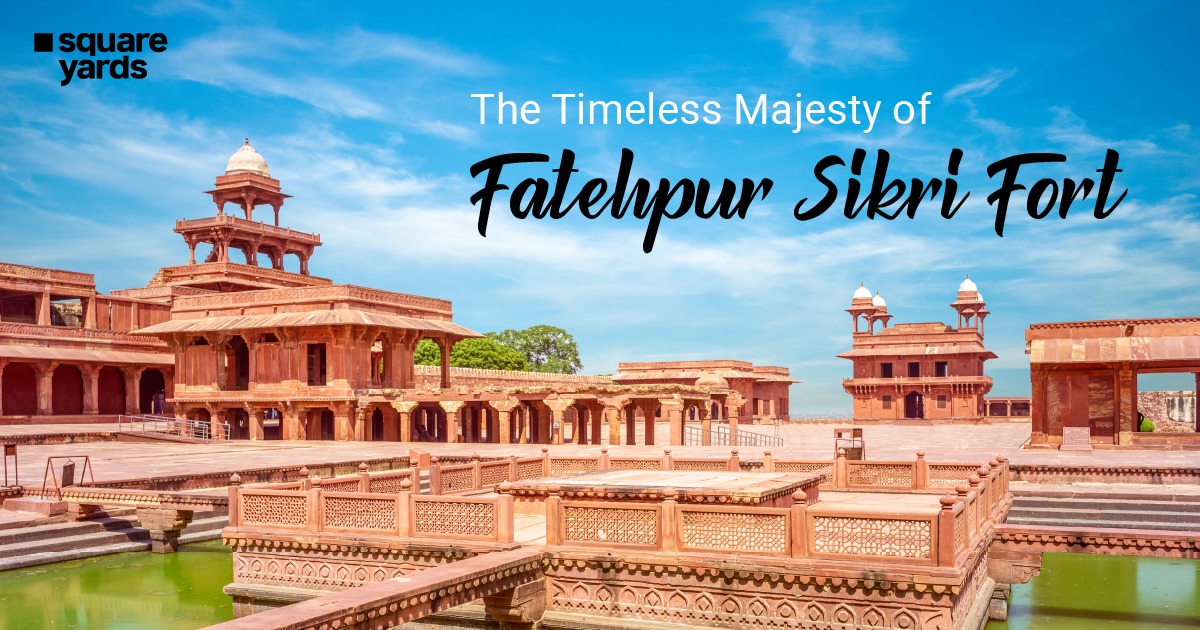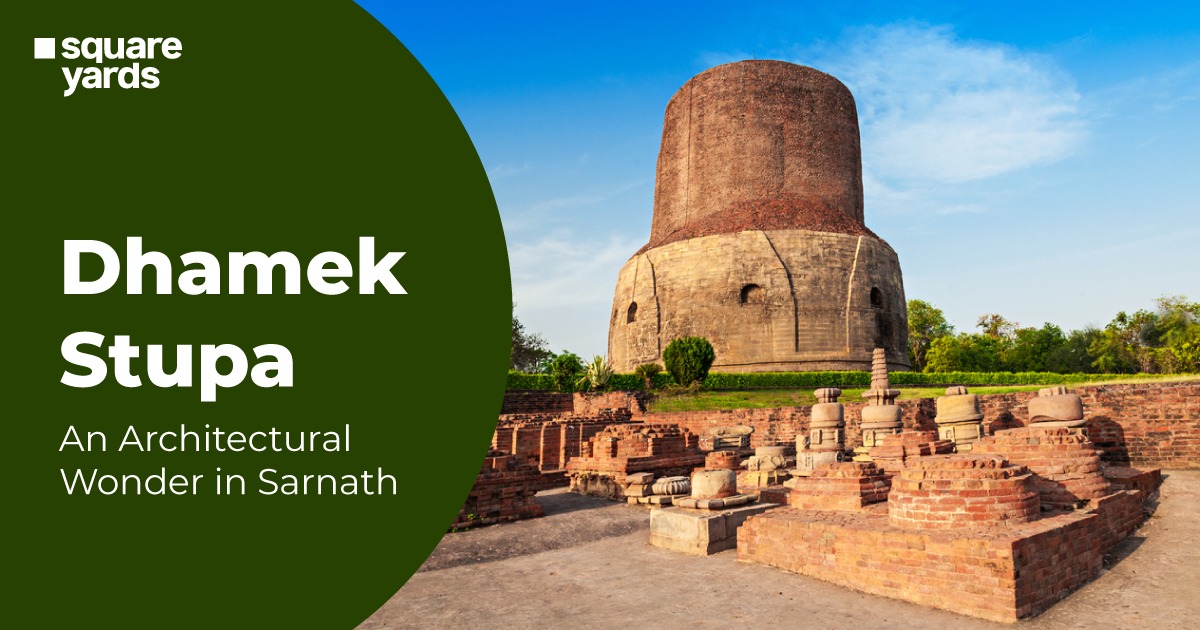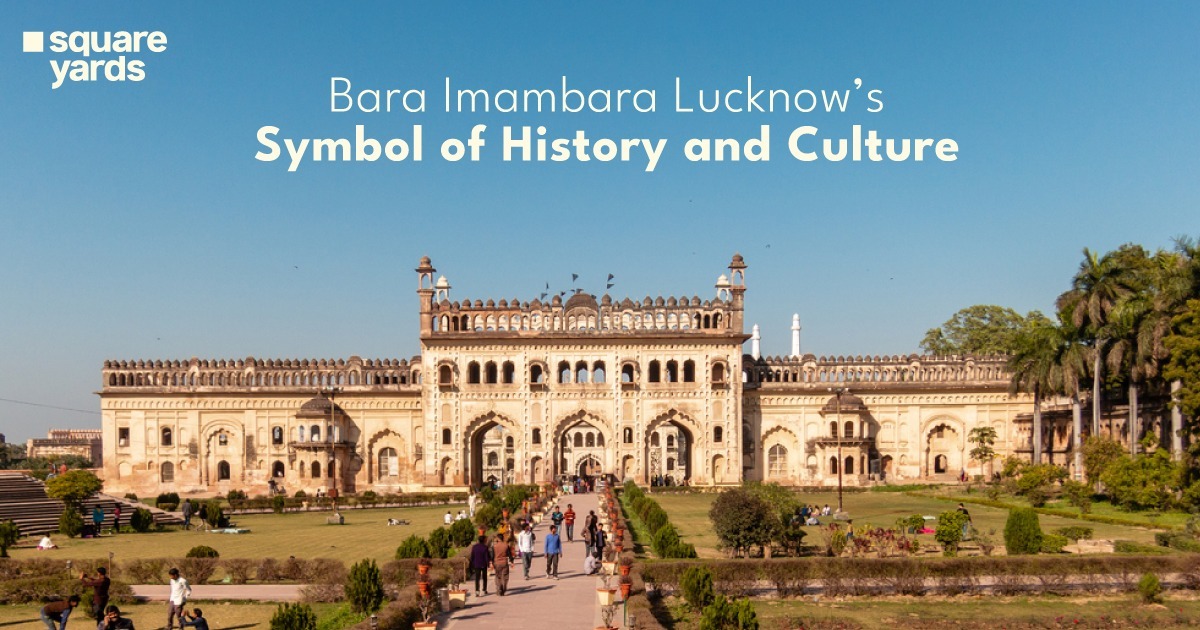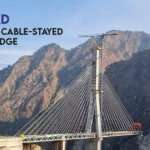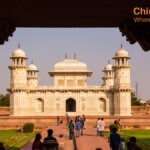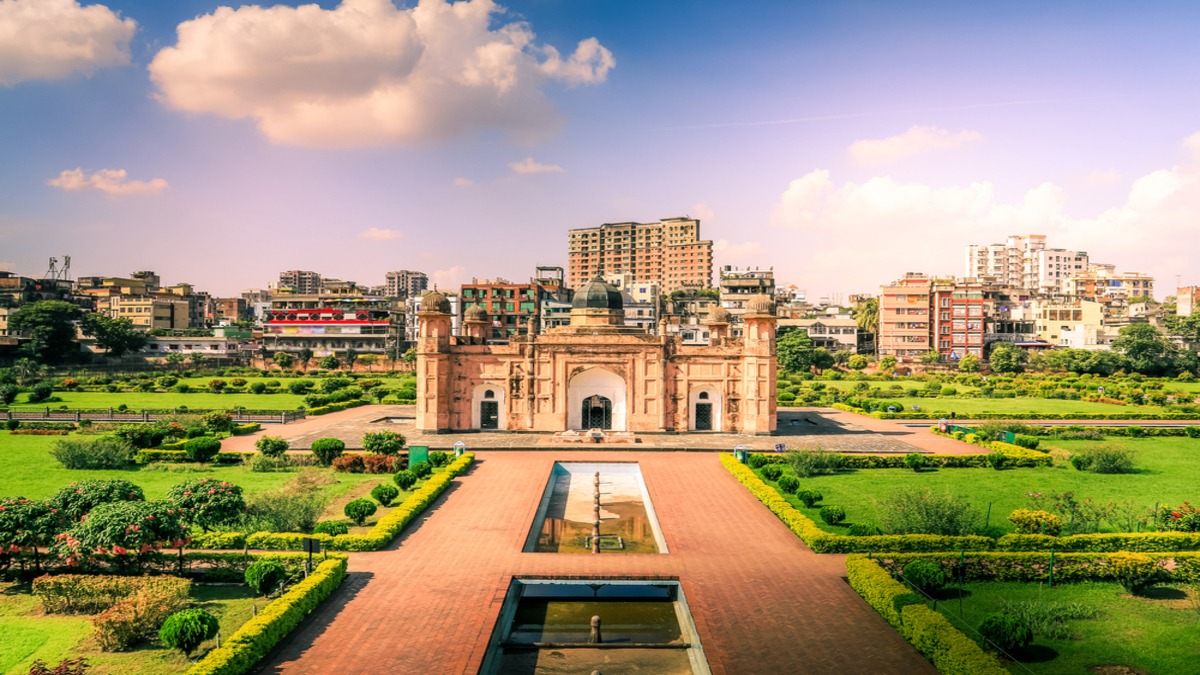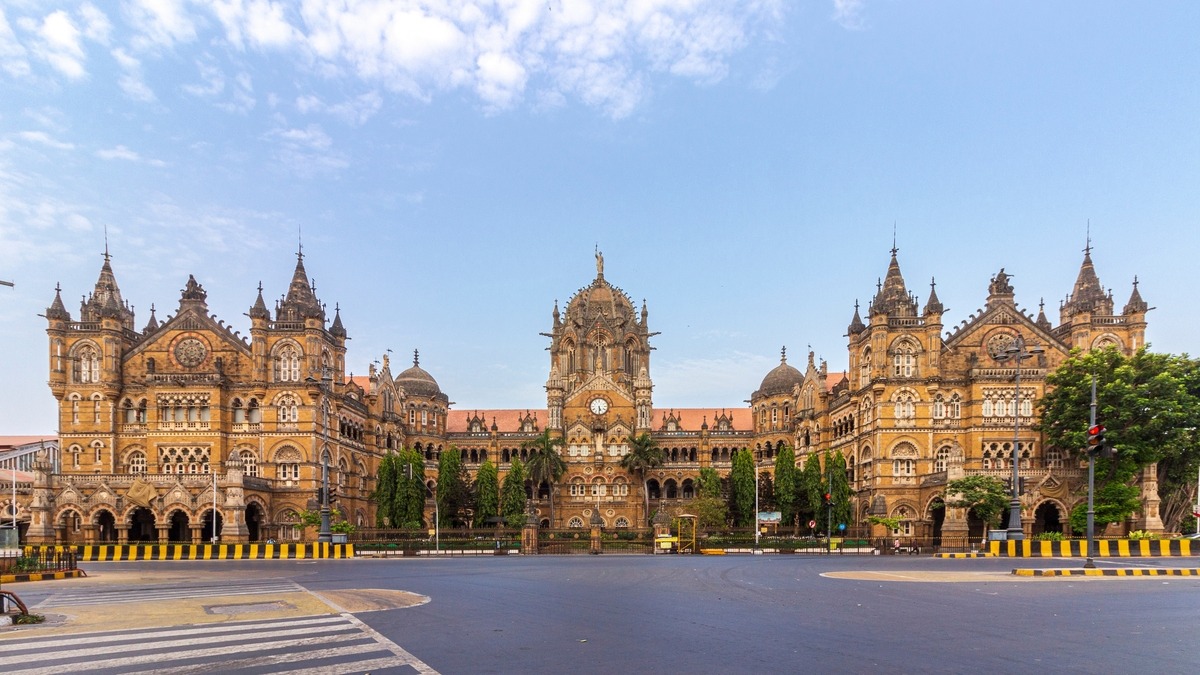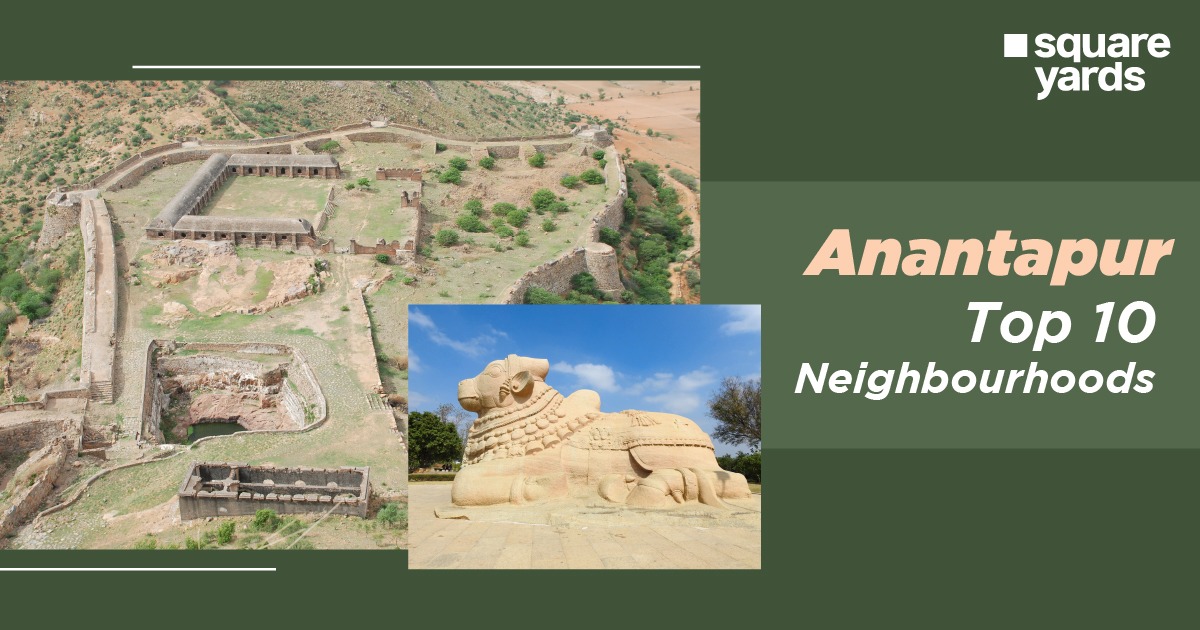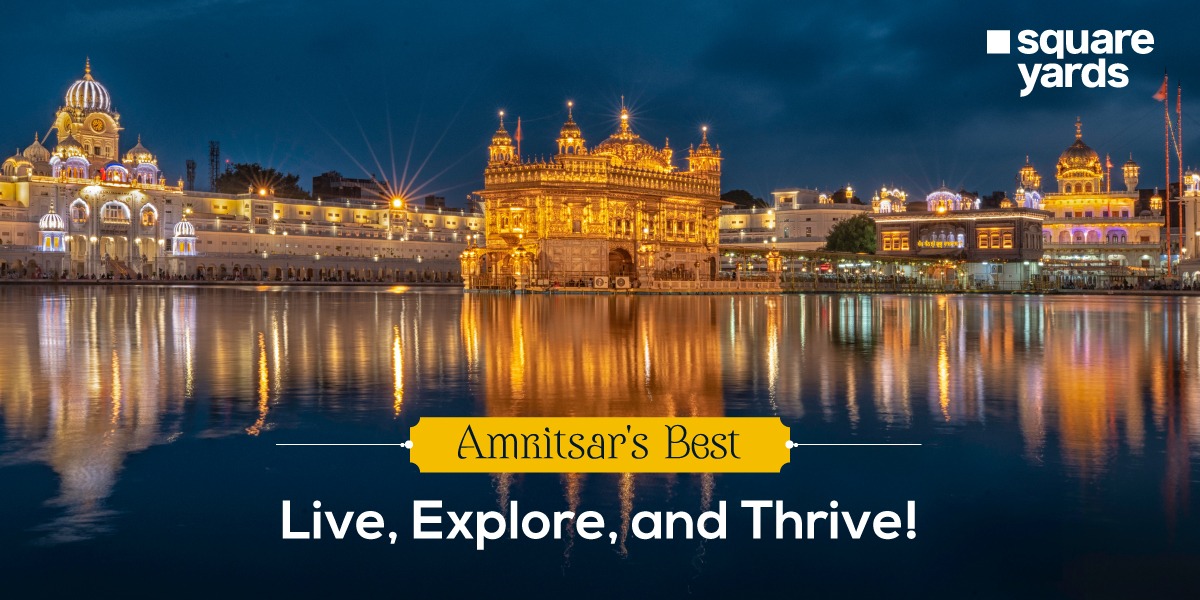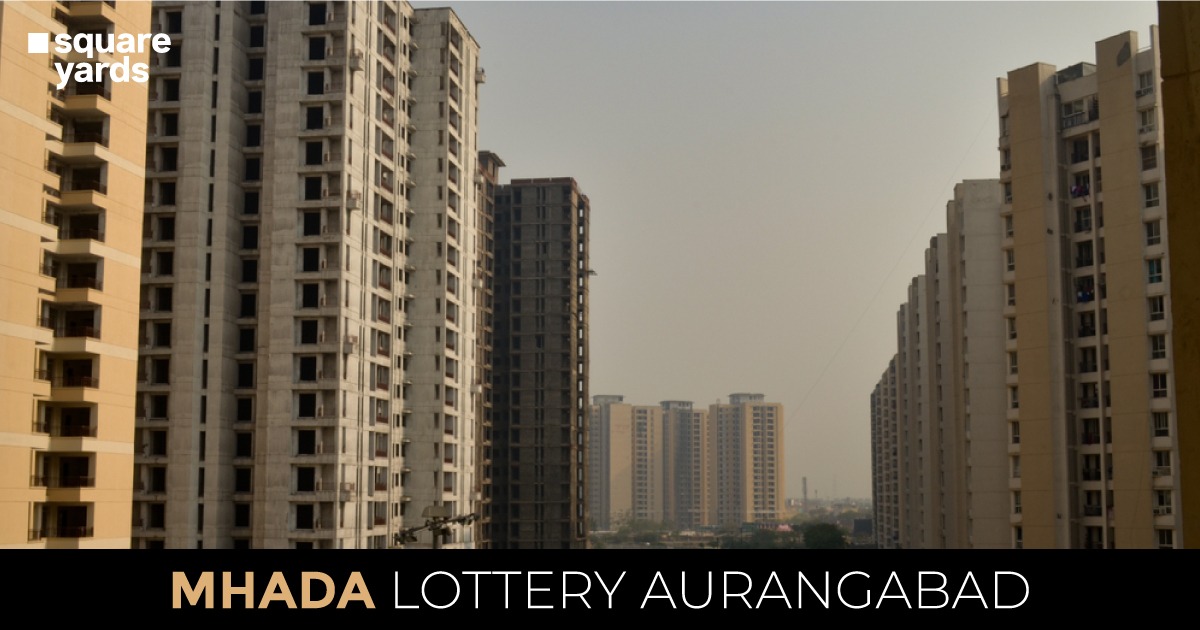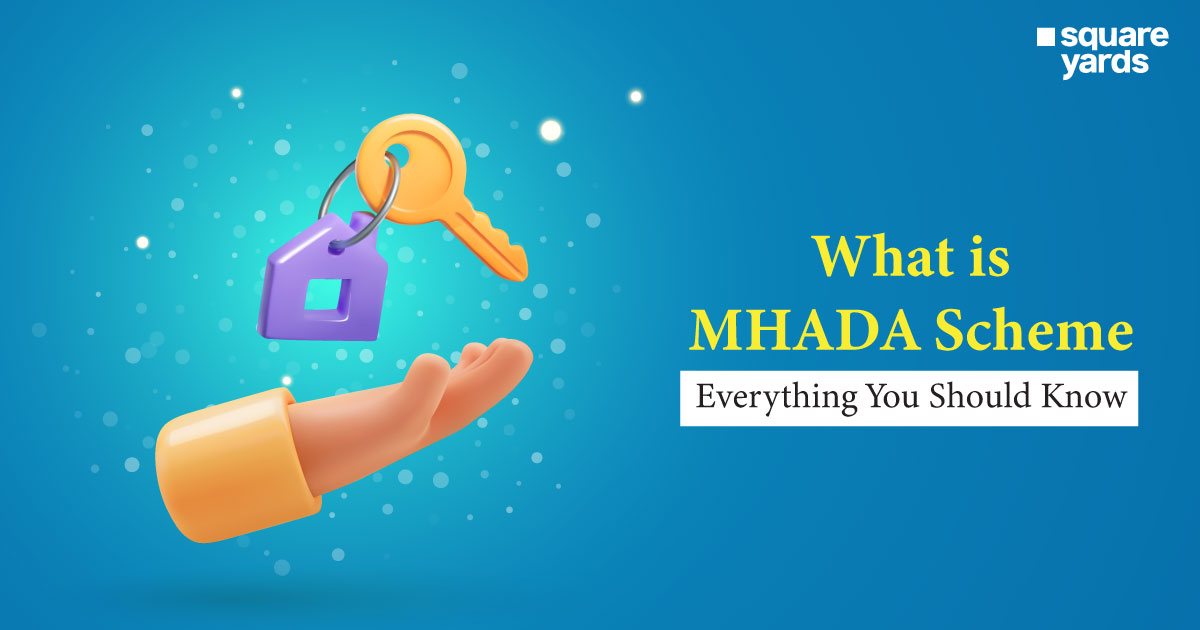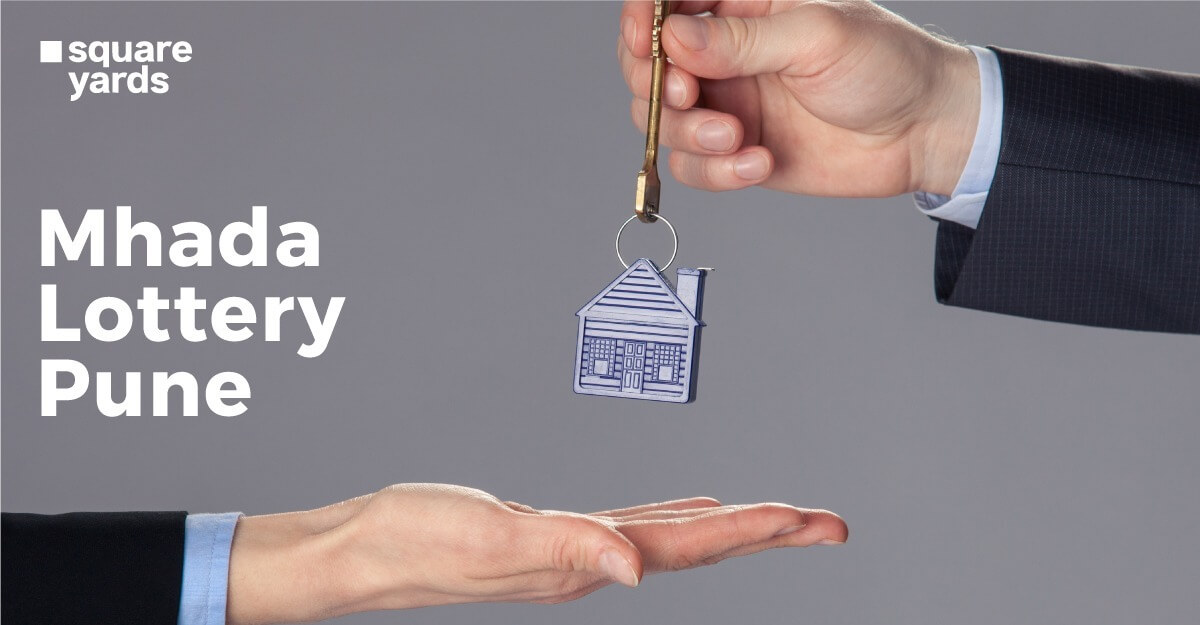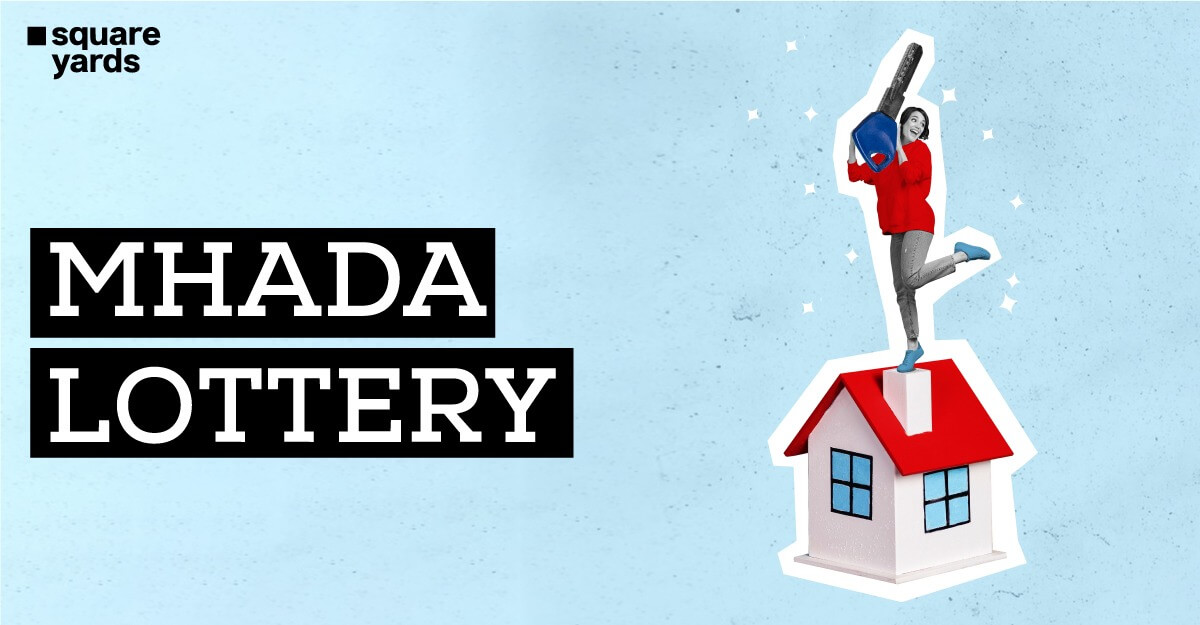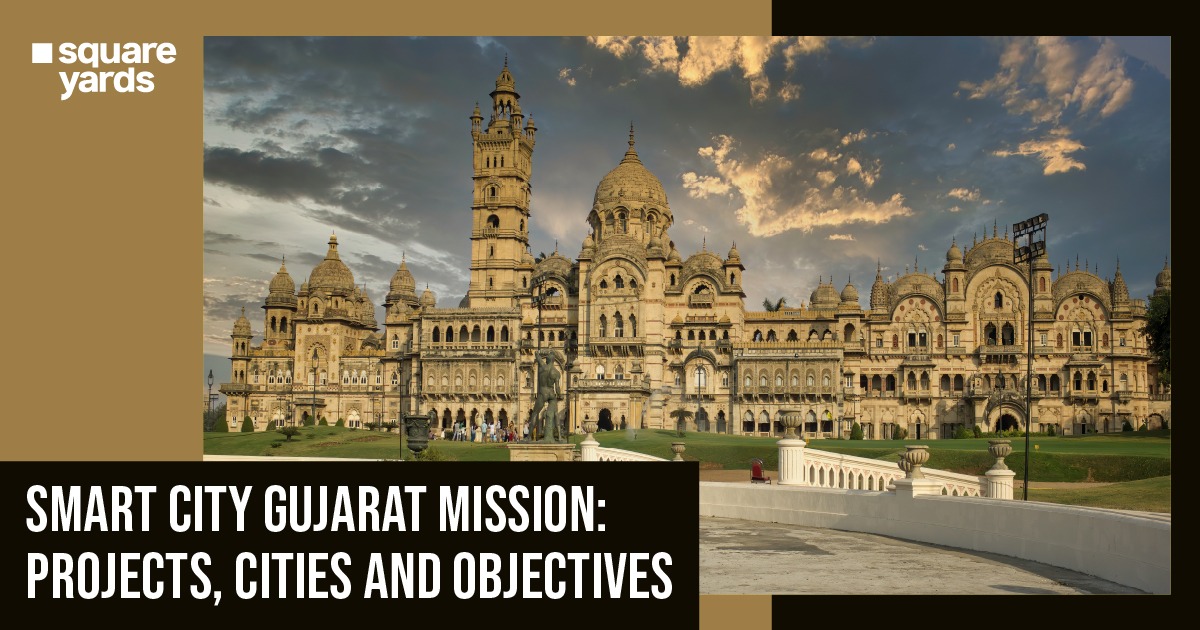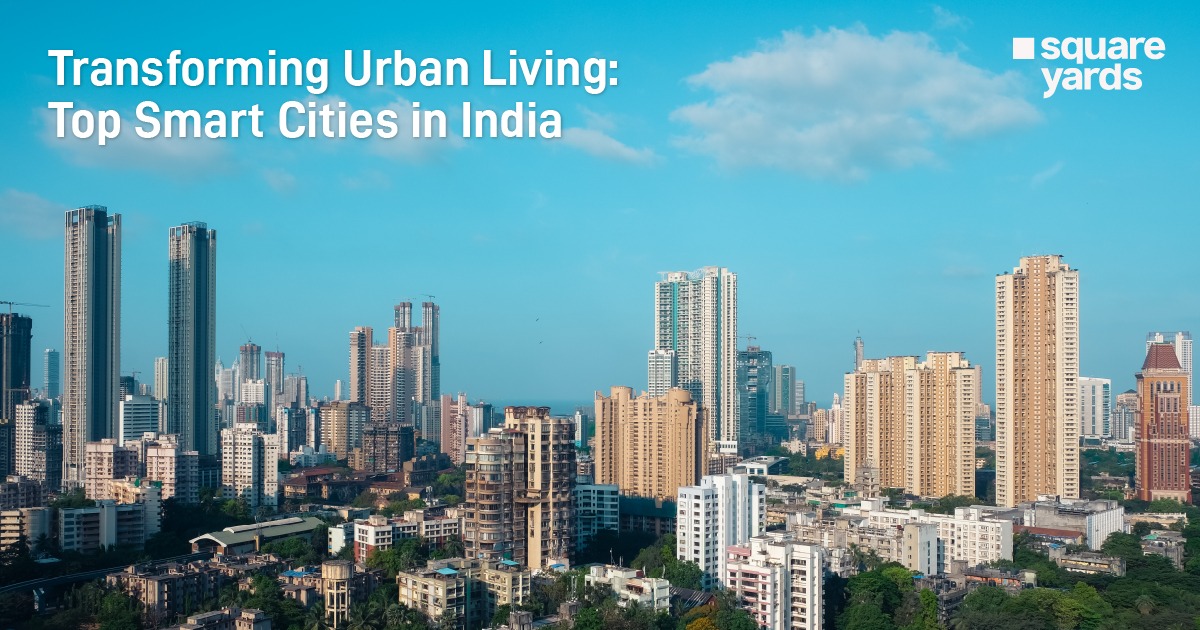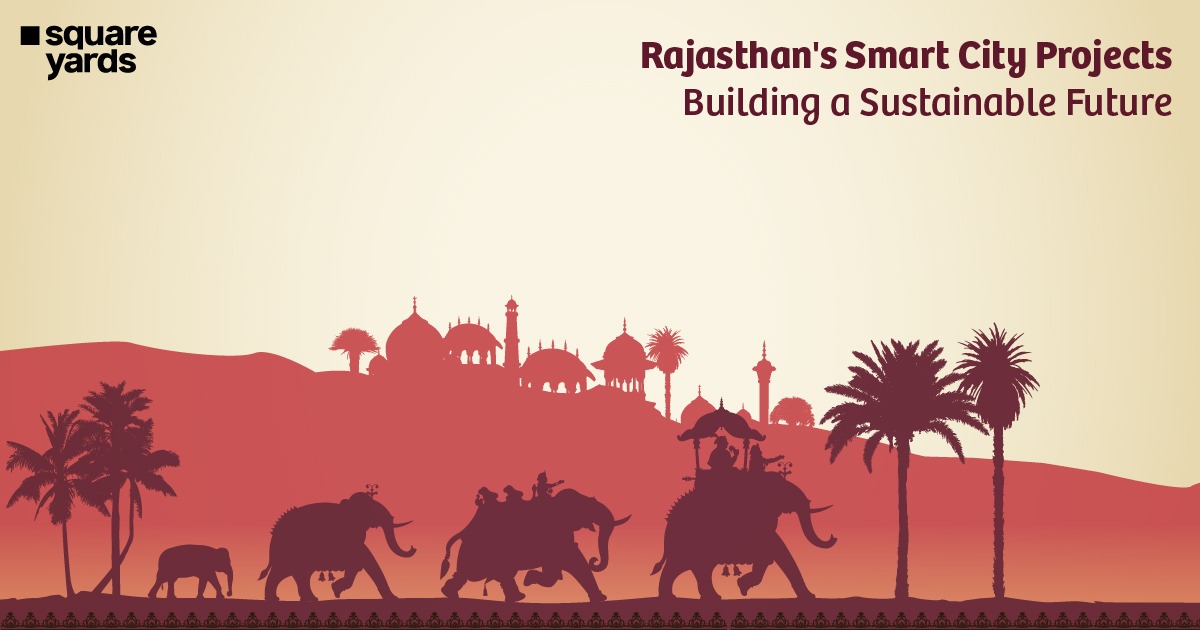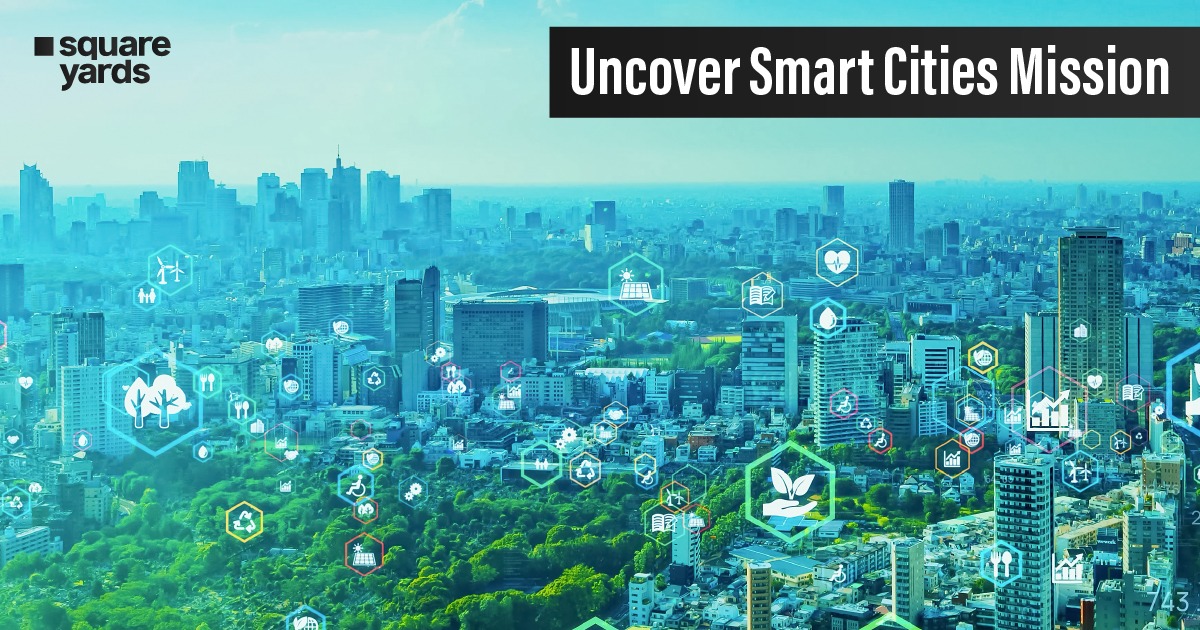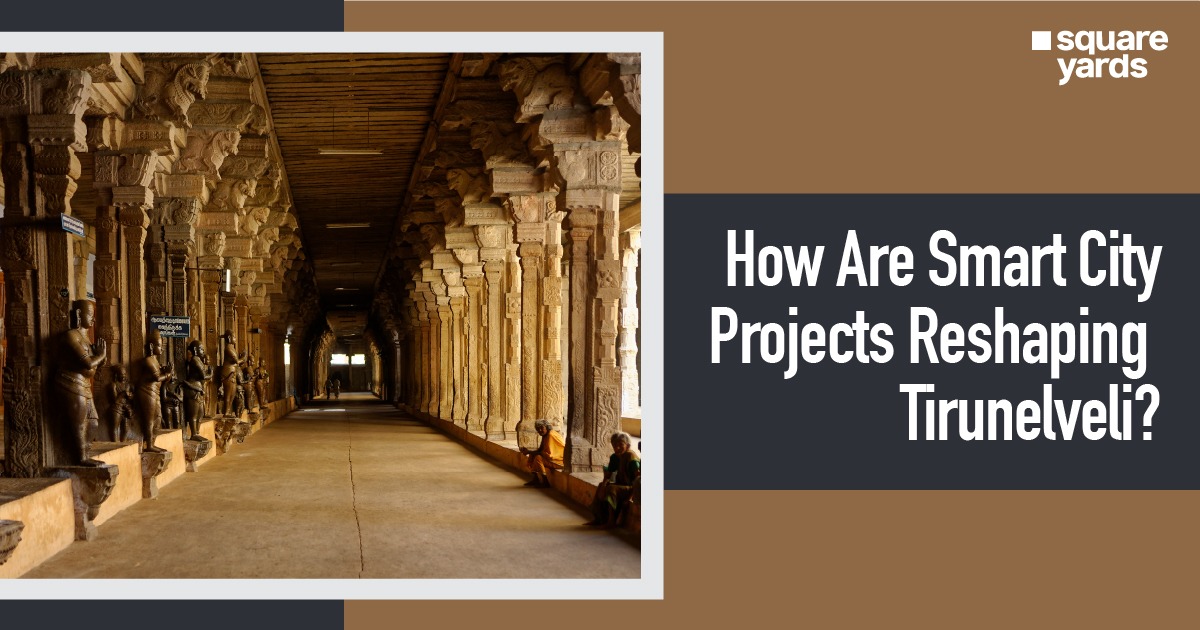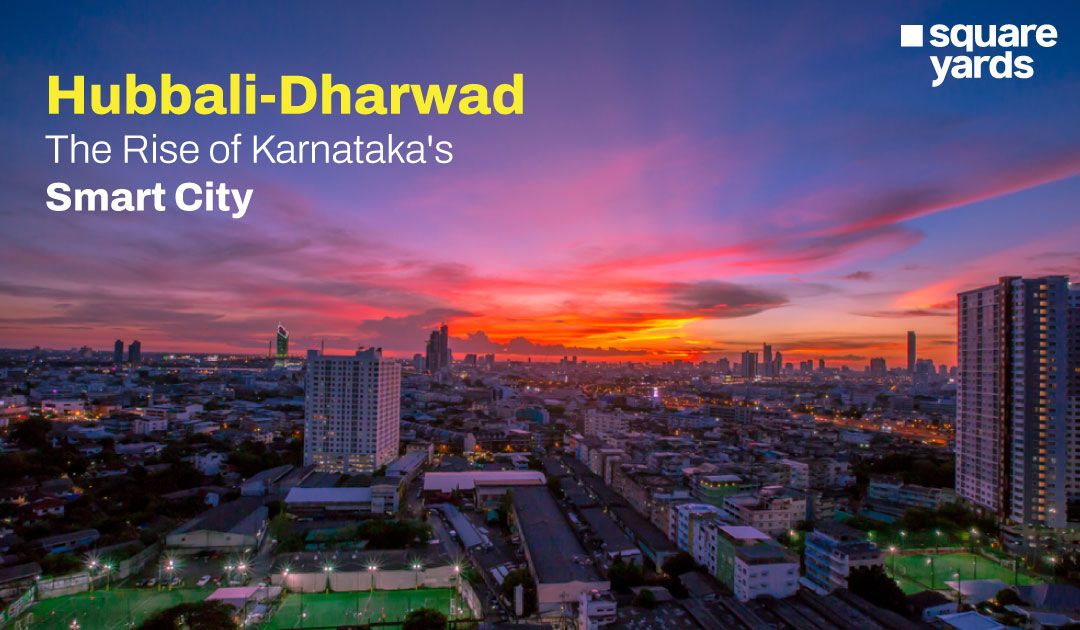Just like other forts, Fatehpur Sikri Fort is also like an old time capsule. It shows us how people in the past built such strong and clever architectural structures. These forts were not only built for protection but also to display the wealth of their empire. The reason why forts and other historical structures, in general, are so popular is because each one of them tells a story. Whenever people look at them, they feel like they are reading real-life history books. Therefore, today, we’ll step back in time to explore the glorious Fatehpur Sikri Fort. Read this blog to experience this majestic fort as if you are actually visiting it.
Table of contents
- The Meaning Behind the Name: Fatehpur Sikri Fort
- The History of Fatehpur Sikri Fort: A Timeless Tale
- Fatehpur Sikri Fort: Elegance Etched in Stone
- Stepping Into the Gems of Fatehpur Sikri Fort
- The Immense Political Significance of Fatehpur Sikri Fort
- Fatehpur Sikri Fort: Timings, Fees and More
- How to Reach Fatehpur Sikri Fort?
- Materials Used In the Construction of Fatehpur Sikri Fort and the Revenue Generated
- When is the Perfect Time to Visit Fatehpur Sikri Fort?
- FREQUENTLY ASKED QUESTIONS(FAQ’S)
The Meaning Behind the Name: Fatehpur Sikri Fort
The first question that comes to mind before visiting this fort is, what is the significance of the name? Well, its name comes from the city Fatehpur Sikri, which loosely translates to Fateh, i.e. victory. Earlier, this city was known as Fatehbad and was later renamed after it came under Mughal emperor Akbar’s reign.
Fun Fact: It took approximately 15 years for the construction (1569-1584) of various forts, palaces and courts in the city. Also, Akbar chose his nine gems in this city itself.
The History of Fatehpur Sikri Fort: A Timeless Tale
The history of Fathepur Sikri Fort is a fascinating one, as the city of Fatehpur Sikri was chosen to be Akbar’s new capital. However, due to various factors like water shortage, this plan was unsuccessful. The city of Fatehpur Sikri served as the capital city of Akbar for only a few years. Due to water scarcity, the Fathepur Sikri Fort was abandoned for the next few centuries. Today, this fort is among UNESCO’s World Heritage Sites and is visited by many tourists every year.
Fun Fact: Since the city of Fatehpur Sikri was abandoned due to water scarcity, it is also known as ‘Ghost City’ as the city soon turned into ancient ruins.
Fatehpur Sikri Fort: Elegance Etched in Stone
If you look closely at the architectural design of Fatehpur Sikri Fort, you’ll see some Indian, Persian, and Central Asian influences. The fort’s architectural style is a fusion of artistic brilliance and shows the architectural prowess of Mughal architecture. Red sandstone has been extensively used for the fort’s construction, and it has some intricate carvings and latticework across the structure. The red sandstone gives a warm and inviting hue to the fort. The efficient ventilation and water supply system prove that this fort’s architecture is truly majestic. Listed below are some highlights of Fatehpur Sikri Fort’s architectural design:
- Buland Darwaza: The towering height, intricate carvings and inscriptions of Buland Darwaza justify its name, i.e. ‘Gate of Magnificence’.
- Diwan-i-Khas: Diwan-i-Khas, also known as the Hall of Private Audience, is renowned for its central pillar and intricate carvings.
- Panch Mahal: This 5-story palace has beautiful open pavilions and colonnades. They are surrounded by a central courtyard that is aesthetically pleasing.
- Jama Masjid: The Jama Masjid is one of the largest mosques in India and has a grand complex. It has a colossal entrance with delicate calligraphy and spectacular domes. The main prayer hall is facing Mecca and follows the geometrical guidelines of the Islamic religion.
Fun Fact: The Buland Darwaza is 54 metres tall. This makes it the highest gateway in the world.
Stepping Into the Gems of Fatehpur Sikri Fort
There are many hidden treasures within the Fatehpur Sikri Fort. Now, when we talk about the ‘hidden treasures’, we are talking about the architectural wonders within the fort.
Diwan-I-Am
After stepping inside Fatehpur Sikri Fort, the first thing that you will come across is Diwan-I-Am. Also known as the Hall of Public Audience, it is where all the prayers and public prayers used to be held. The hall’s rectangular courtyard features cloisters on 3 sides. If you move towards the West direction, you will see a majestic throne where the emperors used to sit. Diwan-I-Am has a splendid jali screen on the sides that was used to house the ladies attending the court.
Turkish Sultana’s House
Next up on the list is Turkish Sultana’s House, situated to the right of Diwan-I-Am. This two-storeyed building is also called diwan-khana-I-khaas, which means Hall of Private Audience. After entering this hall with corner kiosks, you will come across a single vaulted chamber. In the middle of this structure is a column that has been carved to a great degree. This column supports a colossal-bracketed capital and has 4 narrow causeways running to each corner from the centre. Many historians believe that Akbar’s throne was placed in the circular space above the capital, and his 4 ministers used to sit around the corners of this structure.
The Treasury:
If you go towards the left of Diwan-I-Khaas, you will see the Treasury, where the kings used to play the game. Also known as Ankh Michauli, it has 3 rooms guarded by a narrow corridor where the guards used to be deployed.
Daulat Khana-I-Khas:
Don’t forget to see the emperor’s private chamber, Daulat Khana-I-Khas. Situated to the left, Daulat Khana-I-Khas has 2 main rooms on the ground floor that served the emperor’s interests. The first room was Akbar’s library, and the second room (which is also larger) was his resting area. There is a bed chamber, also known as Khwabgah, on the first floor. This chamber connected the Daulat Khana-I-Khas with Jodha Bai’s palace, Turkish Sultana’s house and Mariam’s House via corridors.
Palace of Jodha Bai:
One of the biggest highlights of Fatehpur Sikri Fort is the palace of Jodha Bai. Situated to the left of Sunehra Makan, Jodha Bai’s palace is named after Akbar’s wife, Jodha, and it is actually the largest building of the royal fort. This spacious fortress had the highest level of security and privacy with the help of high walls and a nine-metre-long gate towards the east. Its architectural style is an amalgamation of Hindu columns and Muslim cupolas.
Hawa Mahal And Nagina Masjid:
After going in the east direction from Jodha Bai’s palace, you will come across Hawa Mahal. Also known as the Palace of Winds, this wind tower is fixed to the palace and is faced towards the garden. Hawa Mahal is a small screened tower and has straight walls that intersect at 90 degrees that surround the garden. The Char Bagh-styled garden is divided through shallow channels.
The Immense Political Significance of Fatehpur Sikri Fort
During the 16th century, Fatehpur Sikri Fort held great political significance. Under Akbar’s reign, the city was the capital of the Mughal empire for more than a decade, and the fort reflected the political ideology of Akbar. At the time, this meant a great deal as the relocation of capital was not just from a location standpoint but also from a political standpoint. This strategic move by Akbar displayed his secular and inclusive ideology. Here, Akbar invited many scholars, artists and religious leaders to create an atmosphere of a tolerant kingdom.
If you look closely at Fatehpur Sikri Fort’s architecture, you will notice that its style reflects diverse cultures. The fort’s design has themes of Indian, Persian and Middle Asian cultural styles, further shaping the reign of the Mughal Empire. The fort’s strategic location also helped the king control the northern region of his empire and maintain friendly relations with the neighbouring kingdoms. Many historians interpreted the visionary governance of Akbar during the 16th century through Fatehpur Sikri Fort.
Fun Fact: The main mosque in Fatehpur Sikri, i.e. Jama Masjid, was constructed as per Sufi saint Salim Chisti’s guidelines.
Fatehpur Sikri Fort: Timings, Fees and More
For Indians, the entry fee is Rs 50 per person for adults and Rs 610 for International tourists. For children under 15 years of age, the entry is free of cost.
The following table showcases the timings during which the tourists can visit Fatehpur Sikri Fort:
|
Day |
Timing |
|
Monday |
6:00 am – 6:00 pm |
|
Tuesday |
6:00 am – 6:00 pm |
|
Wednesday |
6:00 am – 6:00 pm |
|
Thursday |
6:00 am – 6:00 pm |
|
Friday |
6:00 am – 6:00 pm |
|
Saturday |
6:00 am – 6:00 pm |
|
Sunday |
6:00 am – 6:00 pm |
How to Reach Fatehpur Sikri Fort?
There are several transportation facilities in Fatehpur Sikri that you can use to reach Fatehpur Sikri Fort. Listed below are some options that you can use:
Bus Services:
The tourists can take a bus from Idgah Bus Station in Agra. It is Agra’s biggest bus terminal and provides direct connectivity to the Agra Cantt railway station. Similarly, one can also catch a bus from the Uttar Pradesh State Road Transport Corporation (UPSRTC). You can take the bus any day from 6:00 a.m. to 7:00 p.m. The buses go from the Idgah terminal and take you to Fatehpur Sikri in one hour and 30 minutes. After reaching Fatehpur Sikri, you need to reach the bazaar and clock tower. These are quite close to Jama Masjid, and from here, you can take a CNG-operated auto to reach the main gate of Fatehpur Sikri Fort.
Train Services:
The nearest railway station to Fatehpur Sikri is the Fatehpur Sikri Railway Station (FTS), which is around 300 metres away from the city. A lot of passengers from Idgah railway station and Avadh Express also interchange the line from this railway station. You can also take the Gatimaan Express or the Shatabdi Express from New Delhi. Agra Cantt is also another important railway station where you can catch a train to reach the city.
Flight Services:
The closest airport to Fatehpur Sikri is the Kheria Airport, which is approximately 33 km away from the city. This public airport provides smooth connectivity from New Delhi.
Note: It is important to note that there is no metro connectivity in Fatehpur Sikri. However, you can use the Mass Rapid Transit System to reach the destination.
Materials Used In the Construction of Fatehpur Sikri Fort and the Revenue Generated
This majestic fort has been constructed with red sandstone and white and black marble. Its gate has umbrella-shaped structures along with minar spires.
Listed below is the revenue generated by Fatehpur Sikri Fort during FY 2013-2016
Rs 56.13 lakh, Rs 63.07 lakh and Rs 52.35 lakh.
When is the Perfect Time to Visit Fatehpur Sikri Fort?
Although you can visit Fatehpur Sikri Fort any time of the year, winter is the perfect time to view this majestic fort. Therefore, a lot of people prefer to come and see Fatehpur Sikri Fort during October-March. If you come here during this period, you can find suitable weather conditions with mild temperatures.
FREQUENTLY ASKED QUESTIONS(FAQ’S)
Where is Fatehpur Sikri Fort Palace located?
Fatehpur Sikri is located in the Agra District of Uttar Pradesh, India.
How to visit Fatehpur Sikri Fort palace?
The nearest airport from Fatehpur Sikri Fort is 7 km away from Fatehpur, while the nearest bus stand is just 3 km away. You can also use an autorickshaw to reach the fort.
Why Fatehpur Sikri Fort Palace is famous?
The Fatehpur Sikri Fort is famous for its architectural design, as it features themes of Indian, Persian and Middle Asian styles.
Is Fatehpur Sikri Fort Palace bigger than Buckingham Palace?
Yes, Fatehpur Sikri Fort is bigger than Buckingham Palace.
How much time does it take to visit Fatehpur Sikri Fort?
Depending on the traffic, day timings and various other factors, the time taken to visit Fatehpur Sikri Fort may vary. Hence, it is advisable to take some buffer time while visiting Fatehpur Sikri Fort.


